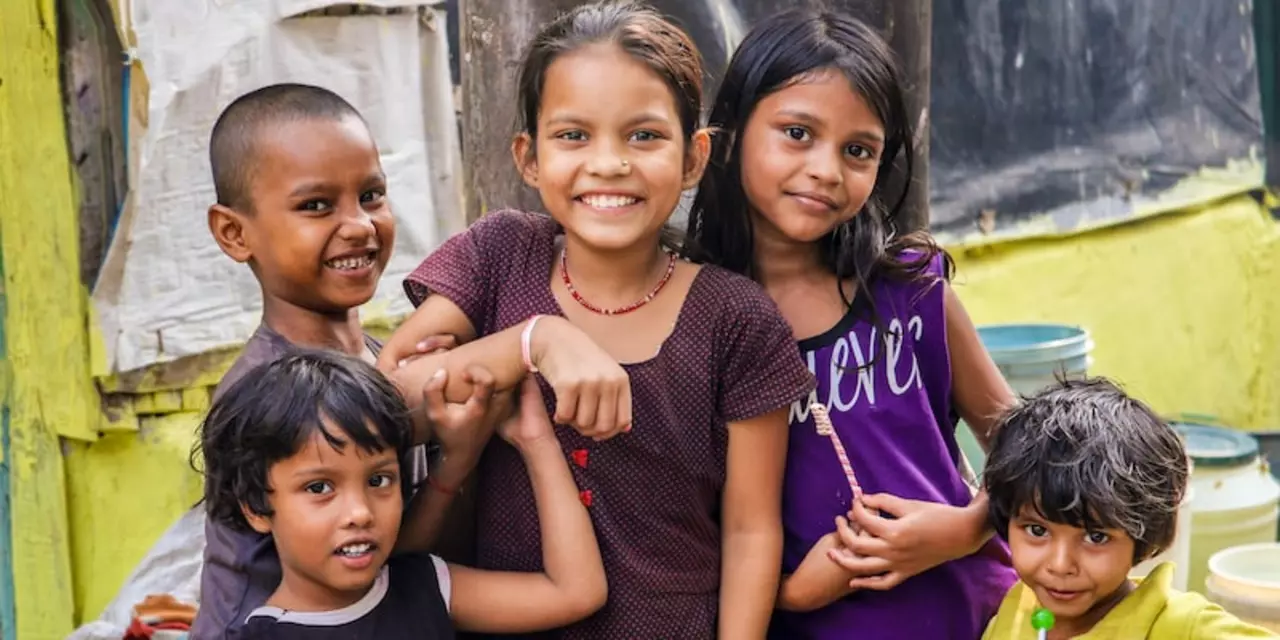Corruption in India: What’s Trending?
Corruption isn’t just a buzzword – it’s a daily reality that shapes politics, business, and everyday life across India. From shaky road projects to alleged misuse of public funds, the stories keep rolling in and each one adds a piece to the bigger picture. If you want to stay ahead of the curve, you need to know what’s happening, why it matters, and who’s involved.
Why Corruption Matters
First off, corruption directly hits the people who pay taxes. When officials siphon money meant for schools, hospitals, or roads, the quality of those services drops. That means longer waiting times at clinics, crumbling infrastructure, and fewer job opportunities. It also fuels a lack of trust in government – when citizens feel the system is rigged, they’re less likely to follow laws or support development programs.
Second, corruption skews competition. A company that pays bribes can win contracts over a more qualified competitor, leading to higher costs and lower quality. Over time, this erodes the overall economy and scares off foreign investors who fear an uneven playing field.
Finally, corruption can spark social unrest. When people see a pattern of impunity – like repeated scandals in a particular state or at the national level – protests flare up, and the political climate gets tense. That’s why tracking these stories is more than gossip; it’s a pulse check on the nation’s health.
Top Stories You Should Read
Our tag page pulls together the most talked‑about pieces that touch on corruption, misuse of power, and related governance issues. Here’s a quick rundown of what’s catching eyes right now:
- Uttar Pradesh’s Wasted Potential: An in‑depth look at how the state’s massive population is held back by poor infrastructure, weak education systems, and allegations of political corruption. The article highlights real‑world impacts like stalled road projects and underfunded schools.
- Modi’s Performance Under Scrutiny: While the Prime Minister enjoys a high net approval rating, critics point out controversies around land acquisitions, public procurement, and the handling of the COVID‑19 crisis. The piece balances praise for economic initiatives with questions about transparency.
- Air India Express Crash Investigation: Though not a classic corruption case, the investigation raises concerns about regulatory oversight and possible lapses in safety standards that could be linked to systemic issues within aviation authorities.
- Road Accident Causes: A user‑generated discussion that blames inadequate safety measures, but also hints at corruption in road maintenance contracts, where substandard work leads to dangerous driving conditions.
- Ready‑to‑Eat Food Health Debate: While primarily about nutrition, the article touches on how lax food safety regulations – often a result of corrupt lobbying – allow unhealthy products to flood the market.
Each of these stories shows a different angle of how corruption seeps into daily life, from big‑ticket infrastructure budgets to the food on your plate. By reading them, you get a clearer sense of the patterns, the players, and the possible solutions being suggested.
If you’re curious about how these issues intersect with broader cultural topics, check out our other tags – you’ll find discussions on celebrity influence, tech news, and lifestyle trends that sometimes overlap with power dynamics and ethical concerns.
Stay updated, stay critical, and keep the conversation going. Corruption may be a tough nut to crack, but awareness is the first step toward change.
Why more than 70 percent of Indian is poor?
India is a developing country with a population of more than 1.3 billion people, out of which more than 70% are poor. The main causes of poverty in India are lack of education and inadequate access to resources, leading to unemployment and underemployment. In addition, corruption and inequality also contribute to poverty in India. These factors lead to a vicious cycle of poverty, where the poor have limited access to opportunities and resources, leading to further poverty.
More